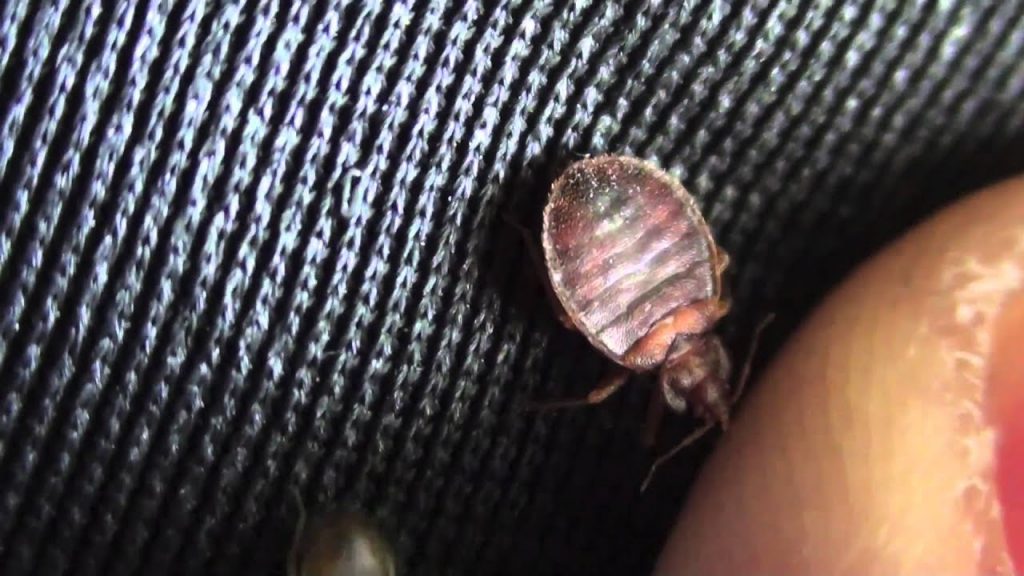As a homeowner, I’m sure you’re aware of the fact that bed bugs can be a real nuisance. Unfortunately, it’s very easy to attract bed bugs into your home, making it even harder to keep them away. So, how do you prevent bed bugs from invading your home? In this article, I’ll discuss some of the best ways to keep bed bugs at bay, so you can rest easy knowing your home is bug-free.
What are Bed Bugs?
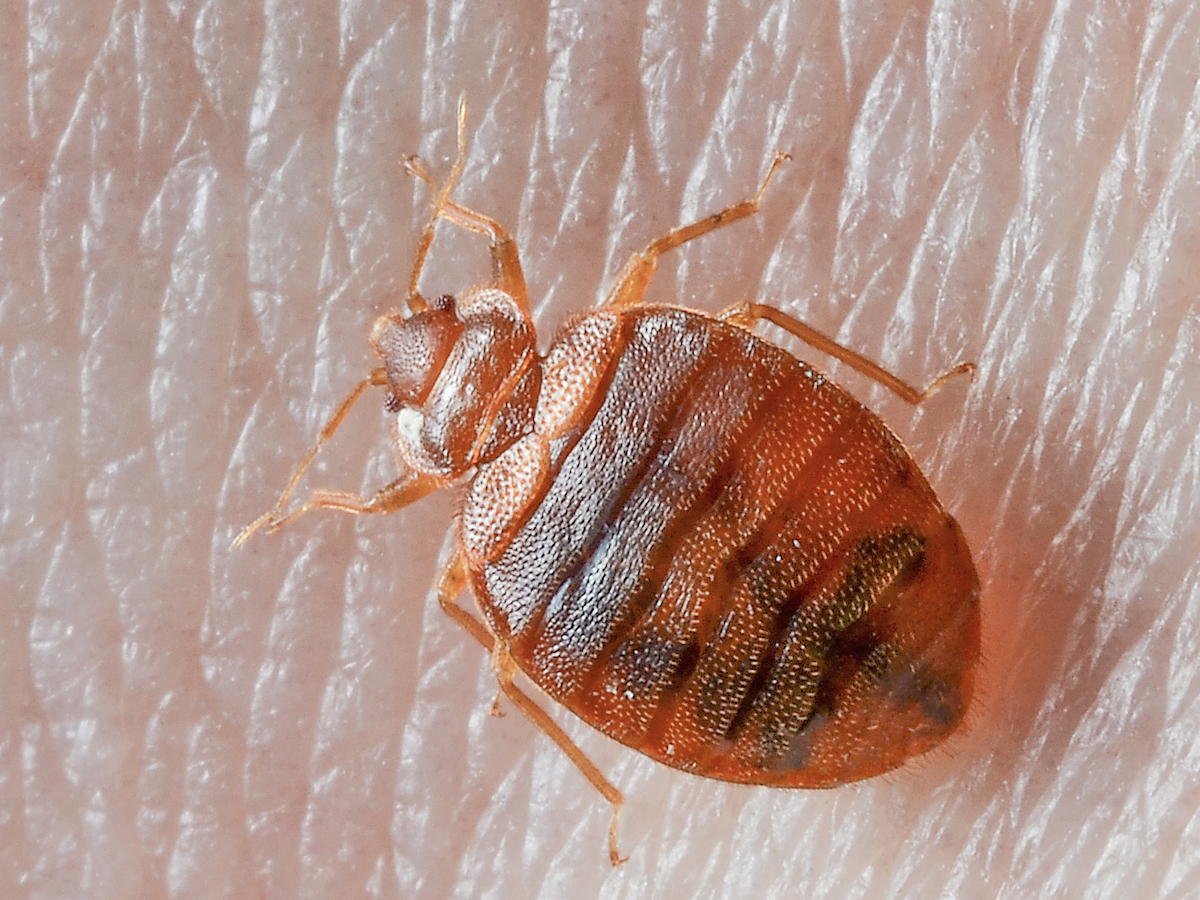
Bed bugs are small, parasitic insects. They feed on blood from humans and animals, and are usually found in beds, mattresses, and other furniture. They are very small, about the size of a grain of rice and can be difficult to spot. They can be a nuisance, as they can cause itching and discomfort.
| Characteristic | Description |
|---|---|
| Size | About the size of a grain of rice |
| Shape | Flat, oval-shaped body |
| Color | Reddish-brown |
| Habitat | Usually found in beds, mattresses, and other furniture |
| Feeding | Feed on blood from humans and animals |
Bed bugs are usually found in mattresses, bedding, furniture, carpets, and other areas around the home. They can also be found in public places such as hotels, dormitories, and movie theaters. They are nocturnal, so they feed at night when people are sleeping. They can live for several months without food.
Biology of Bed Bugs
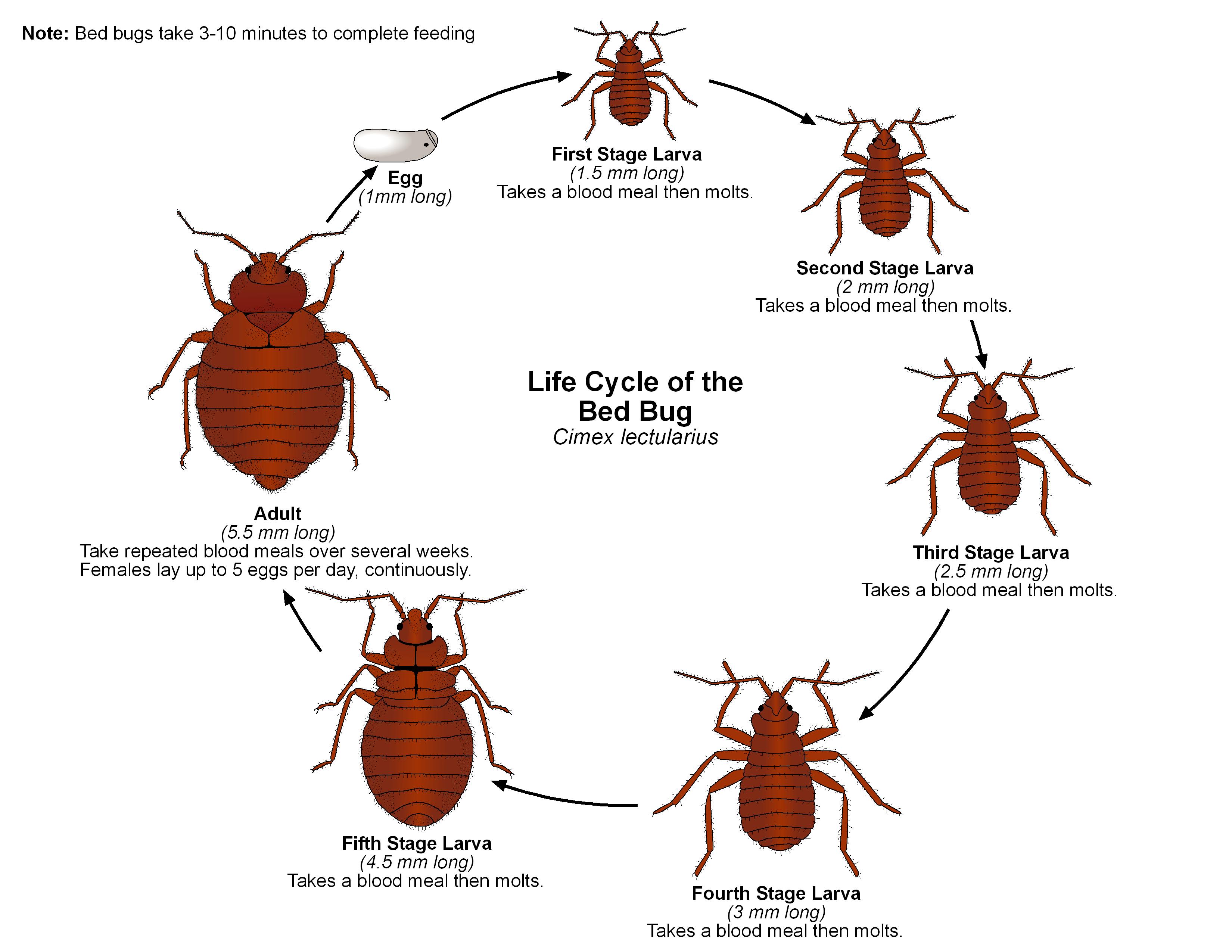
- Bed bugs are small, oval-shaped insects, usually no larger than 5 mm long.
- They are usually reddish-brown in color, but can range from pale yellow to dark brown.
- Bed bugs typically live in mattresses, bed frames, furniture, carpets, and other fabric materials.
- Bed bugs feed on human or animal blood, usually at night when their host is asleep.
- They use a straw-like mouthpart to pierce the skin and suck blood.
- Bed bugs can survive for up to a year without a meal, and can live in temperatures ranging from near freezing to 122°F (50°C).
- Bed bugs can reproduce quickly, with female bed bugs laying up to 500 eggs in their lifetime.
- The eggs hatch within a week and the immature bed bugs, known as nymphs, feed on blood and molt several times before becoming adults.
- Bed bugs can spread from one location to another via clothing, luggage, furniture, and other items.
Signs of Bed Bug Infestations
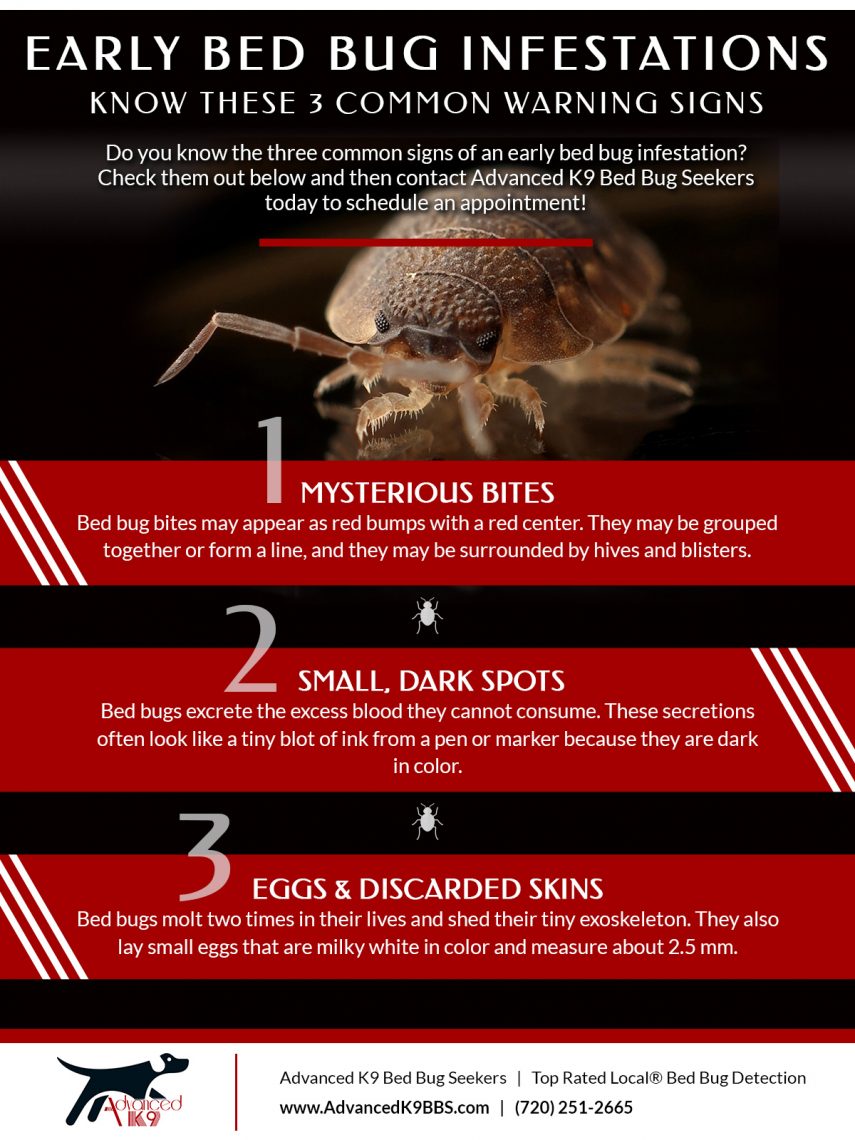
I may have bed bugs if I notice:
- Small, rust-colored stains on bedding, mattresses, and walls
- Molted bed bug skins, shells, or eggs on bedding, mattresses, and walls
- Musty, sweet-smelling odor
- Live bed bugs
I should also look for evidence of bed bugs in my furniture, in particular:
- Cracks and crevices in headboards, footboards, and frames
- Seams of mattresses and box springs
- Loose wallpaper, cracks in paint, and other small openings in walls and floors
In addition, I should inspect my bedding and furniture for small, dark spots that may indicate bed bug feces. This evidence may be more visible on light-colored bedding, mattresses, and furniture.
How Bed Bugs Spread
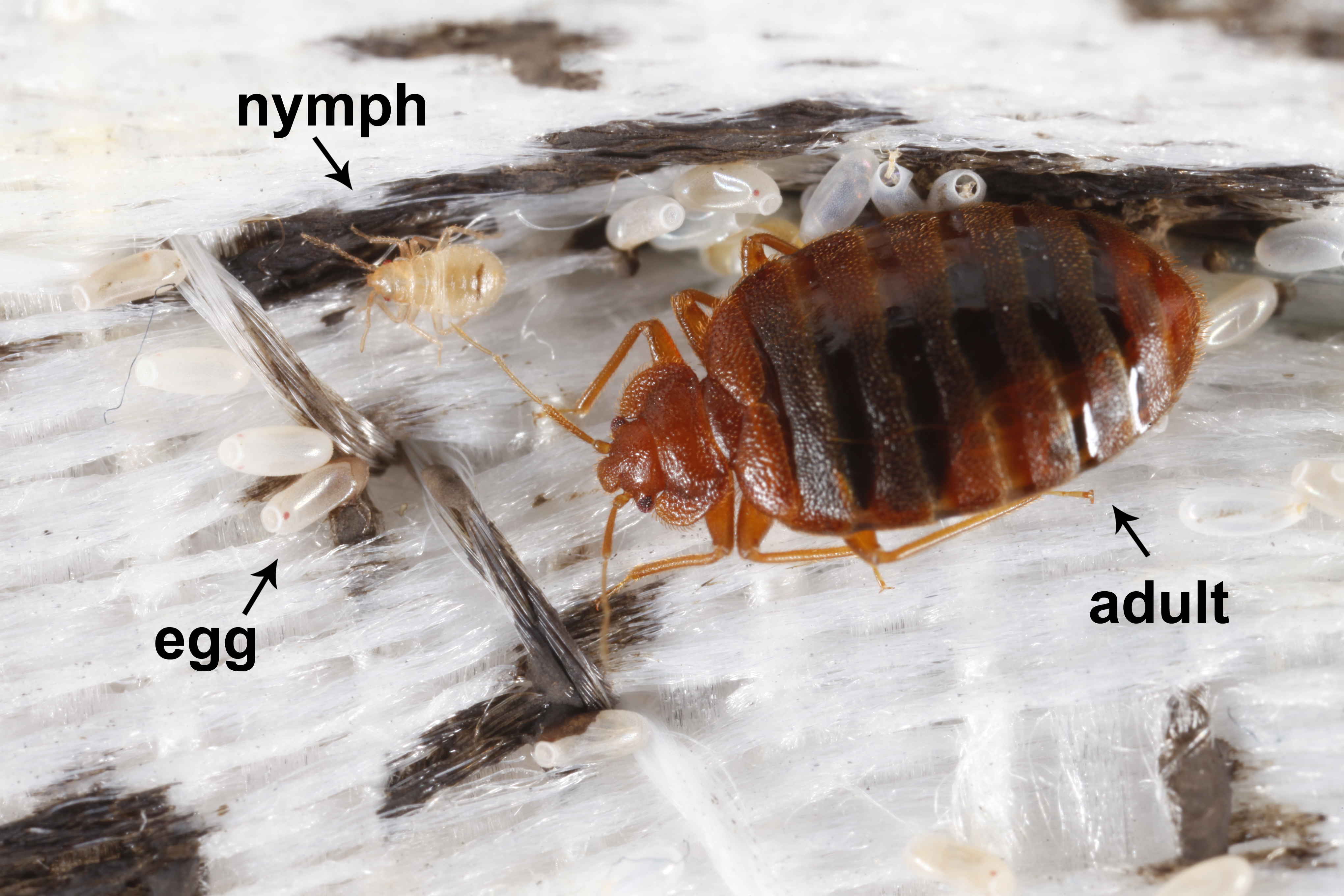
- Bringing infested furniture or clothing into your home.
- Visitors to your home carrying bed bugs with them.
- Staying in a hotel or motel with bed bugs.
- Living in a multi-unit apartment building with bed bugs in other units.
- Buying items that have been previously infested.
Bed bugs are excellent hitchhikers and can travel on clothing, furniture, and luggage to spread from one place to another. Once they gain access to a home, they can easily move from room to room and even to other dwellings in multi-unit buildings.
Where Bed Bugs Hide
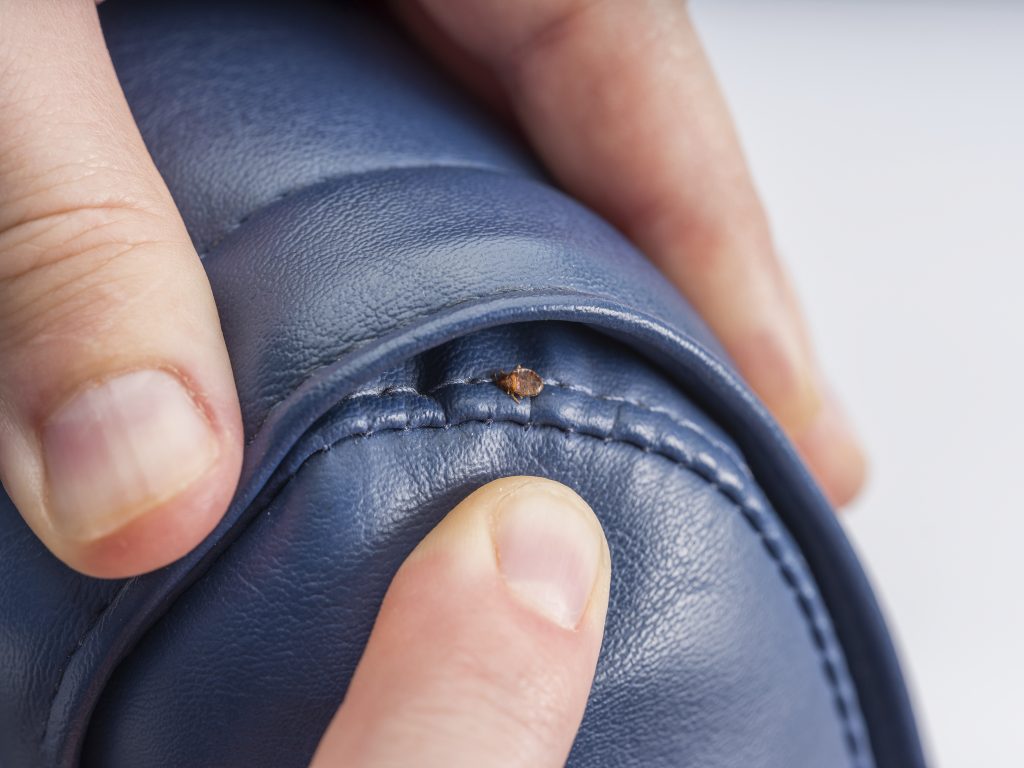
- In cracks and crevices between mattresses, bed frames, and headboards.
- Behind baseboards, wallpaper, and picture frames.
- In furniture, including sofas, recliners, and dressers.
- In electrical outlets, picture frames, and behind wall hangings.
- In any other location where clutter accumulates.
Bed bugs have the potential to hide in a variety of places. They are especially fond of cracks and crevices, as these provide them with a secure area in which to hide. Common hiding spots include the crevices in mattresses, bed frames, and headboards, as well as behind baseboards, wallpaper, and picture frames. Bed bugs can also hide in furniture including sofas, recliners, and dressers. Additionally, they can hide in electrical outlets, picture frames, and behind wall hangings. Bed bugs are also capable of hiding in any other location where clutter accumulates.
Factors that Attract Bed Bugs to Your Home
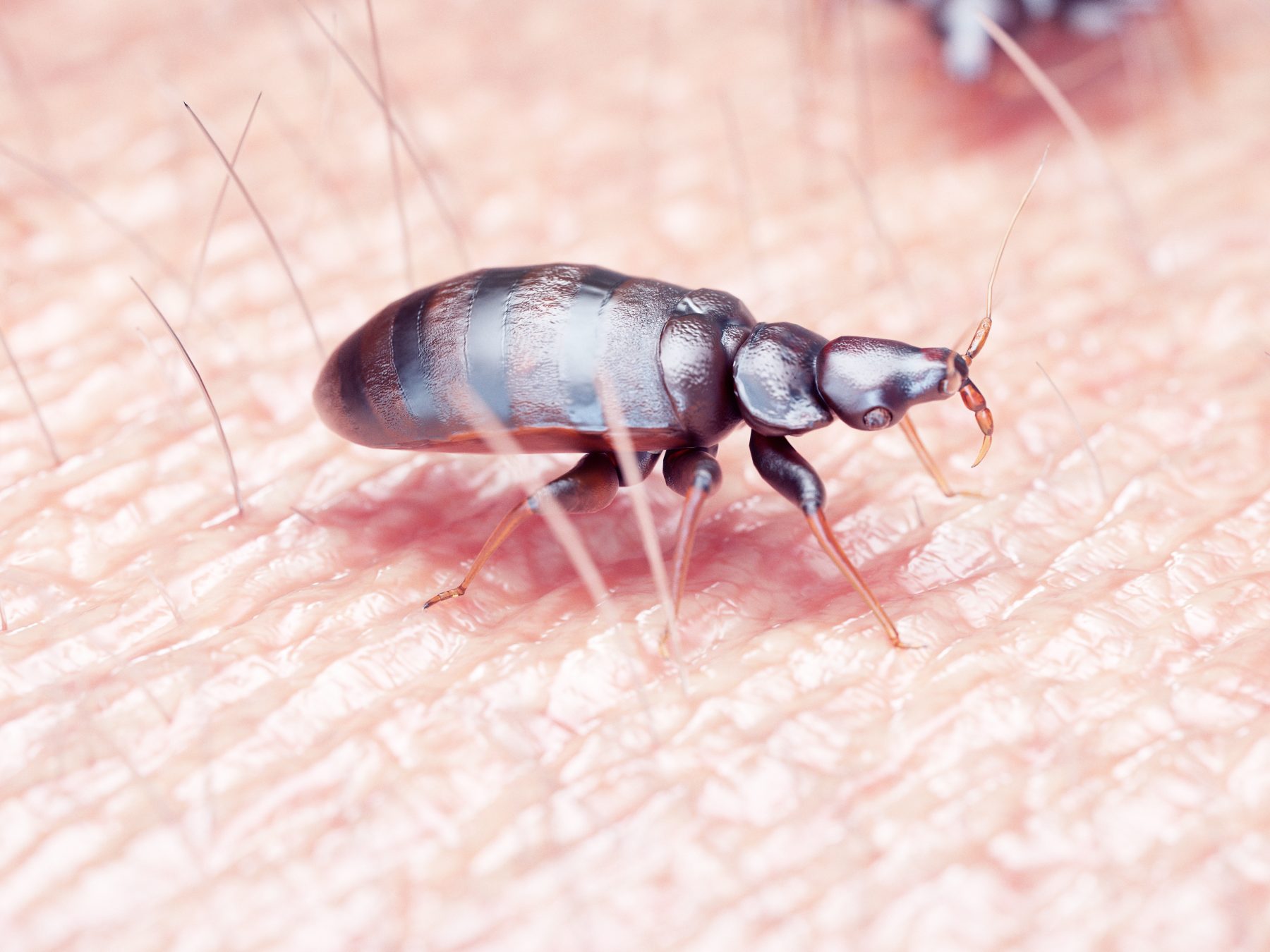
Bed bugs are attracted to certain conditions in your home. These conditions can increase the chances of bed bugs getting inside and infesting your home. Here are some of the factors that attract bed bugs to your home:
1. Clutter: Bed bugs love to hide in cluttered spaces, which is why keeping your home tidy and free of unnecessary clutter is important.
2. Poor Cleanliness: Dirty, messy homes are more likely to attract bed bugs. Keeping your home clean and free of dust and dirt can help keep bed bugs away.
3. Dark Spaces: Bed bugs are attracted to dark areas, so it’s important to keep your home well lit.
4. Animals: Pets can carry bed bugs from other places, so make sure to keep them clean and groomed regularly.
5. Travel: If you’ve recently traveled, that’s another way you can bring bed bugs into your home. Make sure to do a thorough inspection of your luggage and clothing before bringing them inside.
6. Used Furniture: Bed bugs can easily hide in used furniture, so it’s important to inspect any used furniture you bring into your home.
By following these steps, you can help prevent bed bugs from entering your home and keep your family safe.
Prevention and Control of Bed Bug Infestations
- Reduce clutter in your home to reduce hiding places for bed bugs.
- Regularly inspect second-hand furniture, mattresses, and bedding before bringing them into your home.
- Vacuum regularly and dispose of the vacuum bag after each use.
- Encase mattresses and box springs in encasement bags.
- Repair any cracks in the walls and floors.
- Use mattress, box spring and pillow protectors.
- Regularly inspect your bed for any signs of bed bugs.
- Check your luggage for bed bugs when traveling.
- Check for bed bugs in hotel rooms before unpacking.
- If you suspect a bed bug infestation, contact a professional pest control company.
Treatment of Bed Bug Infestations
Once bed bugs have been identified, the first step is to treat the infestation with a professional pest control service. The exterminator will use heat, cold, or chemical treatments to kill the bed bugs. Heat treatments involve raising the temperature of the infested area to over 120°F. Cold treatments involve lowering the temperature of the infested area to below -20°F. Chemical treatments involve using pesticides specifically designed to kill bed bugs.
Once the treatment is complete, it is important to inspect the infested area for any remaining bed bugs. This can be done by thoroughly vacuuming the area and inspecting the furniture and bedding for any live bugs. Any remaining bed bugs should be removed and disposed of.
After the infestation has been treated, it is important to make sure the area is kept clean and free of clutter. Regular vacuuming and laundering of bedding, curtains, and rugs can help keep bed bugs away. It is also important to seal any cracks or crevices in the walls, as well as any openings around windows and doors, to prevent bed bugs from entering the home.
Frequently Asked Questions
How can I prevent bed bugs from invading my home?
The best way to prevent bed bugs from entering the home is to take preventive measures to eliminate potential hiding spots and entry points. Vacuum regularly and steam clean any furniture, carpets, and bedding. Remove clutter from the home and seal off any cracks or crevices where bed bugs can hide. Regularly inspect second-hand furniture, mattresses, and bedding before bringing them into the home. If traveling, inspect suitcases and luggage for bed bugs upon returning home. Wash and dry clothes, bedding, and any other washable items on the highest temperature settings.
What are some signs that bed bugs may be present in my home?
Bed bugs can be difficult to spot, but there are a few signs that can indicate their presence. Look out for small black spots on bedding, as this is a sign of fecal matter. Another sign can be reddish stains on sheets, pillows, and mattresses which are caused by bed bug excrement. Also, look for shed skins from the bugs, as well as live bugs crawling around. If you notice an unpleasant musty odor, this could also be an indication of bed bugs.
How do I identify a bed bug infestation?
Bed bug infestations can be identified by the presence of bed bug bite marks on the skin, bed bug excrement, blood spots on bedding, and the presence of live bed bugs. Bed bug bites are red, raised welts that are often itchy and can appear in clusters or lines. Bed bug excrement is dark-colored and is often found on linens, mattresses, and box springs. Bed bug eggs, which are small and white, may also be present. Live bed bugs may be found in the seams of mattresses and other crevices in furniture.
Are There Any Ways to Attract Bed Bugs to My Home?
Unfortunately, bed bugs can easily find their way into homes without any help from the homeowner. However, there are some things you can do to make your home more attractive to bed bugs. Clutter, such as piles of clothing, books, and papers, provide an ideal hiding spot for bed bugs. Additionally, not regularly vacuuming and cleaning can increase the chances of bed bugs infiltrating your home, as the bugs can hide in the dust and dirt that accumulates over time. Finally, failing to inspect second-hand furniture, clothing, and bedding for bed bugs can also make your home more attractive to these pests.
What is bed bugs attracted to that might be present in my home?
Bed bugs are attracted to warmth, blood, and carbon dioxide. They can also be attracted to certain fabrics, such as cotton and wool, as well as dark corners and crevices where they can hide. Bed bugs can also be attracted to clutter, as it provides them with more places to hide. Additionally, any food debris, such as crumbs or sticky spills, can attract bed bugs.
Conclusion
I have learned that the best way to prevent bed bugs from invading my home is to be vigilant. First, I need to inspect all second-hand furniture, clothes and bedding before bringing them home. Second, I will regularly vacuum and steam clean my furniture and carpets. Third, if necessary, I will call a professional exterminator to get rid of any bed bugs that have managed to make their way into my home. By following these steps, I am confident that I can keep my home free from bed bugs.
